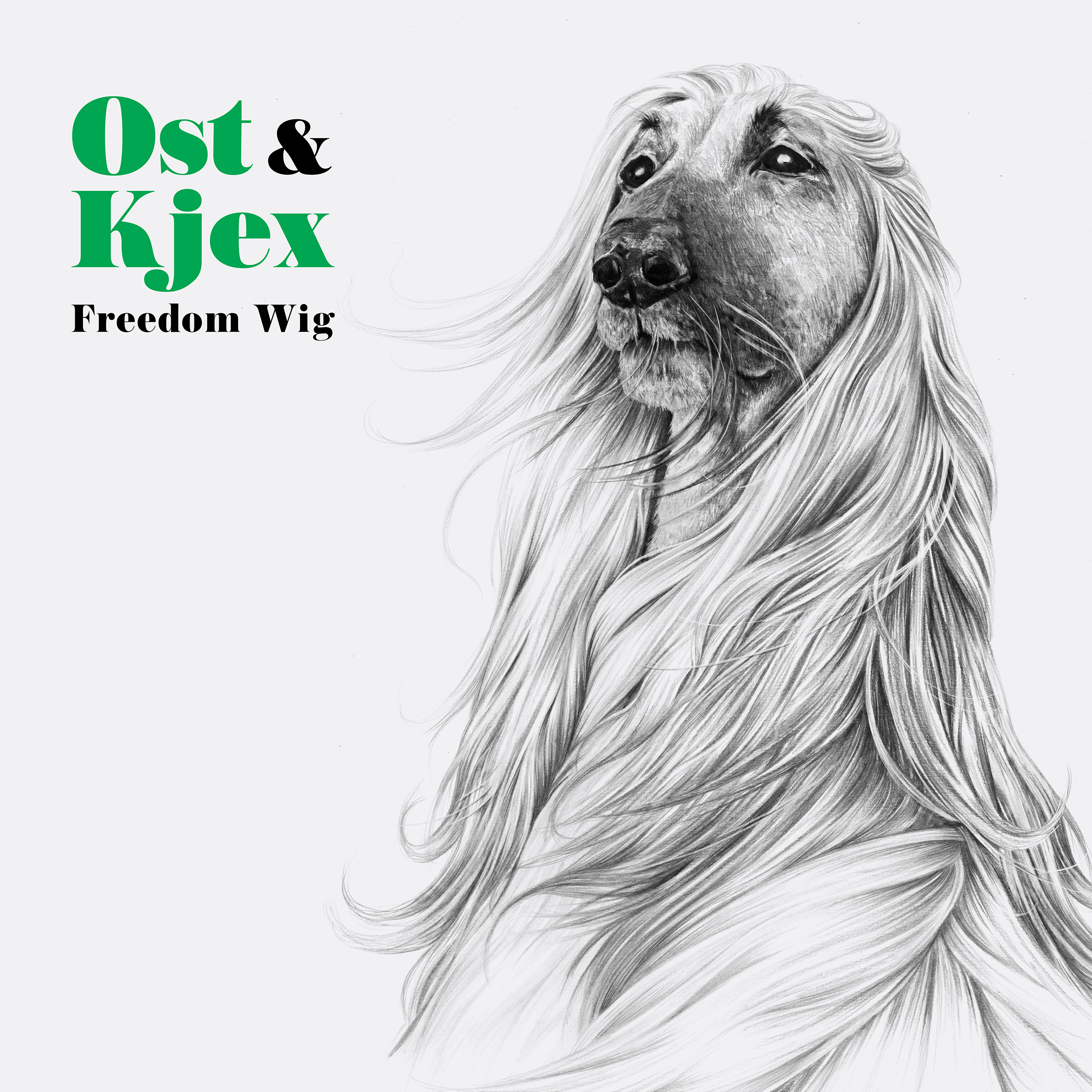Q&A: Ost & Kjex Set to Release Third Studio Album
'Freedom Wig' is scheduled for release via the Diynamic imprint.

Norwegian duo Ost & Kjex have gone a long way: From their debut album Some But Not All Cheese Comes From The Moon to their second LP Cajun Lunch and many collaborations with artists including Solomun,Jamie Jones and H.O.S.H, they have grown to become one of the few acts that perfectly bridges the gap between electronic music and indie pop music.
In the blessed summer of 2008, the boys stumbled upon Solomun, the head honcho of Diynamic—a chance meeting that resulted in a collaboration track called “Federgewicht,” which was their entrance to his highly acclaimed record label.
Hailing from quiet Oslo, there is much time on hand to invest into the more important things in life: Making babies and making music. After about five years since their last LP release, lots of touring and working on their signature sound, the two Norsemen decided it was time for another album.
“Freedom Wig” is the title, and it can mean many things: A name for the room you escape into when you listen to music. A metaphor for the sometimes false freedom we feel when we live our quite predictable lives. Or simply a party hat you put on.
The album is laced with contributions by their contemporaries. Anne Lise Frøkedal, Hanne Kolstø, Jens Carelius and Jaw of dOP fame all donate their wonderful and distinct voices to the album. Jazz legend Bugge Wesseltoft adds keys and modern composer Ole-Henrik Moe string arrangements. The Traces Gospel Choir brings a touch of Harlem to the ballpark, Nasra Ali Omar marimba, Tore Brevik percussion and Arild Hammerø guitars.
Ahead of the album’s early November release, XLR8R spoke with the guys to learn more.
Tracklist:
01. Honky Tonk
02. Le Mur de Pierre (feat. Anne Lise Frøkedal)
03. Für Gurrik
04. ChaChaCha (feat. Jaw)
05. Down River (feat. Hanne Kolstø)
06. Hush Hush
07. Queen of Europe (feat. Anne Lise Frøkedal)
08. The Baker’s Daughter
09. Heart of Gold 10. Easy (feat. Jens Carelius)
This is your third studio album. How do you think it compares to the previous two?
The album is no doubt an Ost & Kjex album—but it differs to the other two in some ways. It’s more clubby and moody than before. We wanted to open up to our Scandinavian roots and make room for a more melancholic and atmospheric sound. It’s also more electronic than before.
This is your first album since 2010. Why the wait?
First of all we are both fathers, and the last five years has been a fertile period in our family lives. It’s a big game changer when you get (more) kids. Also, we spent a lot of time recording, producing and reproducing the album. Over the past five years, the trends have changed and you get new ideas in your head—so after we finished the album, we reproduced almost the whole thing with Martin Stimming coming in as a co-producer. We’ve also played ball a lot with the whole Diynamic crew. It’s been a trip.
Where was the album recorded, and how long did it take to produce?
It was recorded and produced all over the place. Some we did in a bohemian cabin in the forest, some in a flat in Berlin, some in various small studios in Oslo. The track “ChaChaCha” comes from a session we did with dOP in Oslo about five years ago. Other stuff was written at the last minute!
Did you have a particular vision in mind when you were in the studio?
Yes, we wanted to tone down our joyous side a bit and go for a different kind of party. It’s still very Ost & Kjex, but we go from spring to autumn mode in a way
What’s the story behind the name, “Freedom Wig?”
It’s hard to know where things come from, but I think the title just popped into mind. It’s an open title and can be perceived in many ways.

